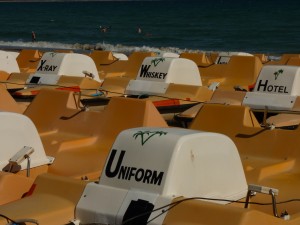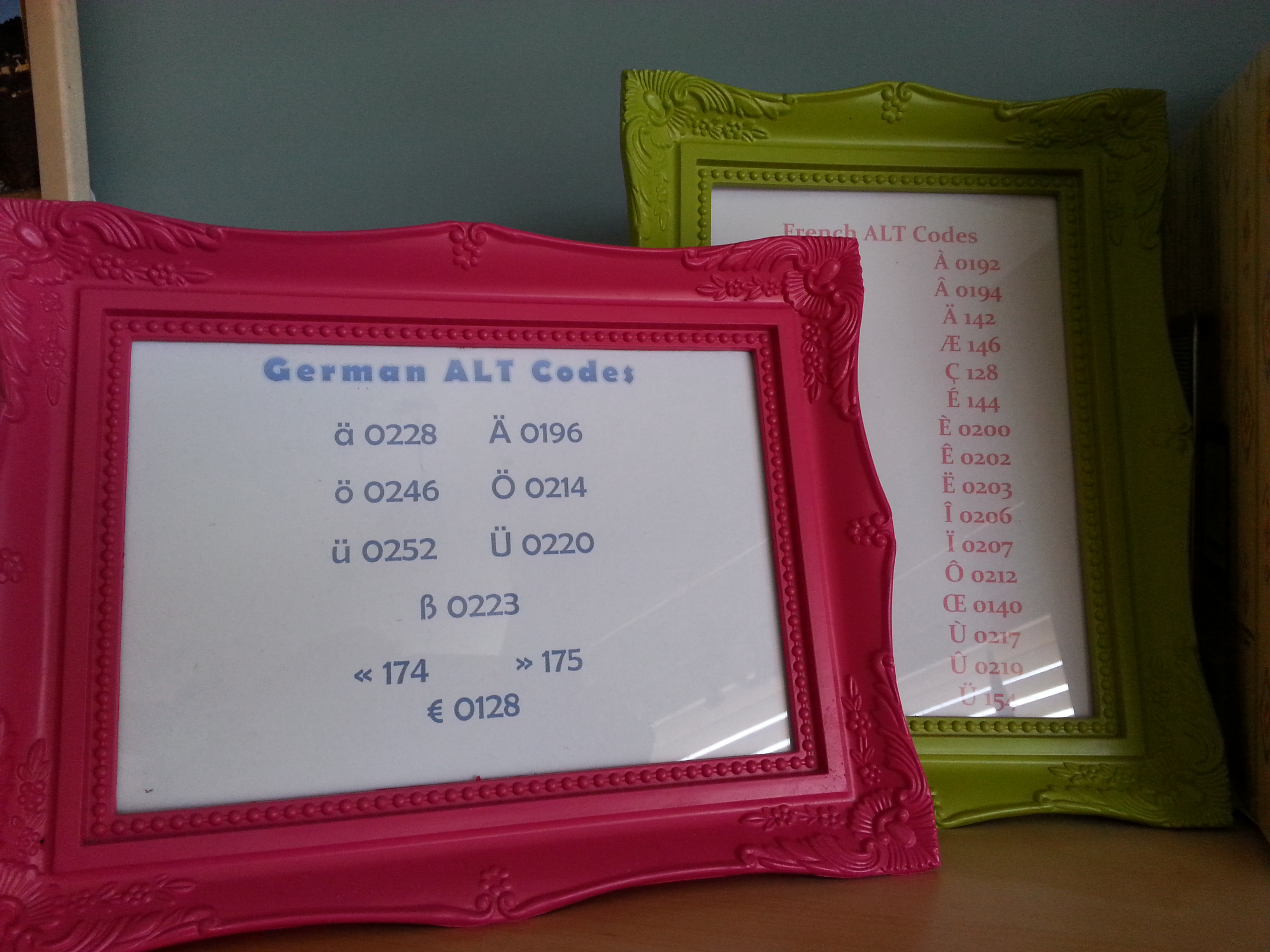Back from a surprisingly sunny August bank holiday filled with nice walks in the countryside followed by delicious food and Pimm’s and lemonade and I am reminded of this:

Pimm’s o’clock on campus!
Such a shame it wasn’t a permanent fixture on campus when I was writing the dissertation for my MA I’m sure my writing would’ve flowed much better 😉 – this shot was taken at the 50 years of Aston University celebration in April.
But talking of (drinking) Pimm’s, reminded me of an article I saw in the Tesco magazine (We Heart Food, May 2015 pp. 8 – 13) about British ‘food icons’ and about how ‘our food experiences help to shape our identity’ (p.8). Alongside pictures there was also some background info (memories) about the icon, making the article perfect as a crash course on our food culture. It was a light-hearted article but taken from a translation (studies) perspective, it was really interesting!
Apart from Pimm’s and lemonade in the garden, ‘is there anything more civilised than enjoying a glass of Pimm’s in the sunshine?’, some of the other icons they mentioned were a fry up at a greasy spoon, pick ‘n’ mix sweets and hot buttered crumpets ‘perfect with lashings of butter and a slick of gooey golden syrup’ (and let’s not even start on the crumpet or English muffin debate!).
The article had many references to the importance of food in our culture, they used words such as nation; collective DNA; shape our identity; UK food scene and it is these things which make it so difficult to translate the food items they mention for a different target audience. Peter Newmark said that, “Food is for many the most sensitive and important expression of national culture; food terms are subject to the widest variety of translation procedures”(p.97). And that’s how I read this article, as though it was a translation problem.
If we were to try and translate the article for another culture, how would we deal with these culture specific terms? Much would clearly depend on the purpose of the translation (or its Skopos) but if it were to be used to explain our food culture to someone from a different target culture, then any translation would probably need to loan the English name into the target language but then add what Chesterman (I used his classification in my Masters dissertation…) calls an information change-addition, either some extra information or a literal translation so that the target reader knows what the item is – so that they can decide if they want to try it and what it’s called in English.
If on the other hand these items cropped up in a book translation or in a situation where the reader only needs to know that this is food or drink, then cultural filtering could be used so that items are “translated as TL cultural or functional equivalents, so that they conform to TL norms”(Chesterman, p.108). Take the Pimm’s illustration, does Germany have a drink that summons up the same sentiment that Pimm’s does in us Brits? I think this type of translation would be much harder, but would allow the translator more creativity (after all, they are the cultural expert here).
This article reminds me how important it is to live in your source language countries where it is much easier to learn about cultural references, such as food and drink. Sure, I know about the obvious food customs (Kaffee und Kuchen more of an elderly lady thing these days and Glühwein at the Weihnachtsmarkt; or Galette des Rois in January and how seriously bread is taken in France), but it was only by living in Germany that I found out that they drink dark beer (Alt) in Düsseldorf and region.
There must be so many other regional and local food customs I’m missing out on share your favourite customs with a memory / some background info like in this article!
Chesterman, A., 2000. Memes of Translation. Paperback ed. Amsterdam: John Benjamins B.V.
Newmark, P., 1988. A Textbook of Translation. Hemel Hempstead: Prentice Hall International (UK) Ltd
 by
by 



